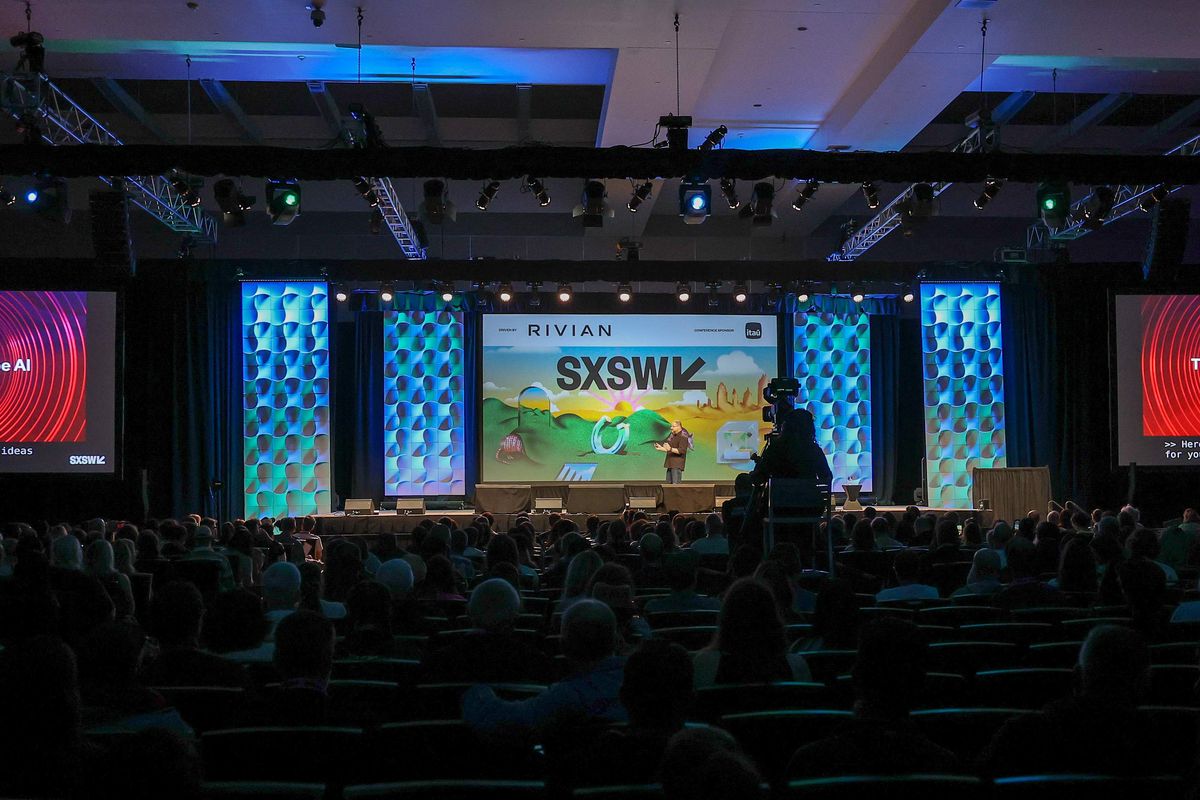16 Houston-based companies hailed best places to work by U.S. News
the standouts
More than a dozen Houston-based companies are sharing the spotlight in U.S. News and World Report's collection of the "Best Companies to Work For" in 2024-2025.
The annual report examines publicly-traded companies around the world to determine the best employers based on six metrics including work-life balance and flexibility; quality of pay and benefits; job and company stability; career opportunities and professional development; and more. The companies were not ranked, but included based on reader surveys and publicly available data about each workplace.
New for the 2024-2025 report, U.S. News analyzed549 companies across 29 different lists, including the overall best companies list — which includes the best 300 companies across the U.S., the United Kingdom, Ireland, Switzerland, Luxembourg, and Bermuda — 24 industry-specific lists, and four regional lists.
There were 16 total companies based around Houston that made the lists, with the majority being based in the city, while one each were located in Spring and The Woodlands.
Leading the pack in Houston is construction company Comfort Systems USA, which provides HVAC, plumbing, and electrical services. Comfort Systems employs 15,800 people, brings in $5.57 billion in annual revenue, and has a market cap of $11.21 billion. The company earned high ratings for its job stability, "belongingness," and professional development opportunities, according to U.S. News.
Comfort Systems also made appearances on U.S. News' industry-specific "Best in Construction" list, and the "Best Companies in the South" list.
Independent energy company Marathon Oil was another top-rated Houston employer, with nearly 1,700 employees, an annual revenue stream of $6.38 billion, and a $15.4 billion market cap. The company was specifically highlighted with a "Top Quality of Pay" label, but also boasts high ratings for its employees' work-life balance, job stability, and belongingness.
In addition to being included in the overall "Best Companies" list, Marathon Oil earned recognition in the industry-specific "Best in Energy" list and the "Best Companies in the South" list.
A second Houston-based energy company earning a spot among the top employers is Occidental (also known as Oxy). The petroleum corporation, which has been in operation since 1920, has nearly 12,600 employees and brings in $27,43 billion in revenue every year.
According to U.S. News, Occidental offers many financial, health and wellness, and workplace benefits including 401k matching, tuition assistance, an employee assistance program, flexible work arrangements, and much more. The company was also given a "Top Quality of Pay" designation.
Occidental appeared in U.S. News' "Best in Mining and Raw Materials," the overall "Best Companies," and "Best Companies in the South" lists.
Other top companies to work for in Houston include:
- Insperity, Kingwood – Best in Professional Services; Best Companies (overall); Best Companies in the South
- Southwestern Energy Company, Spring – Best in Energy; Best Companies (overall); Best Companies in the South
- PROS – Best in IT, Software and Services; Best Companies (overall); Best Companies in the South
- Powell Industries – Best in Manufacturing; Best Companies (overall); Best Companies in the South
- Stewart – Best in Insurance; Best Companies (overall); Best Companies in the South
- ConocoPhillips – Best in Energy, Best Companies in the South
- LGI Homes, The Woodlands – Best in Construction; Best Companies in the South
- Service Corporation International – Best in Consumer Products and Services; Best Companies in the South
- Skyward Specialty Insurance – Best Companies in the South
- Camden Property Trust – Best in Real Estate; Best Companies in the South
- Cheniere – Best in Energy
- EOG Resources – Best in Energy
- Murphy Oil Corporation – Best in Energy
"Prospective and current employees understand the significant impact their employer has on their quality of life," said Carly Chase, vice president of careers at U.S. News and World Report, in a release. "Whether a new grad seeking a company to launch their career, an established professional looking for a change or an HR professional researching the strengths of their company and others, Best Companies to Work For provides a central space to see which companies are meeting their employees' needs best.
Top workplaces around Texas
In all, 42 different employers headquartered in the Lone Star State made it onto U.S. News' 2024-2025 "Best Places to Work For" lists. The Houston metro area tied with Dallas-Fort Worth with the highest number of top-rated employers, at 16 each. Only one company from West Texas made it onto the list: Diamondback Energy in Midland.
The top companies to work for in Austin are:
- Cirrus Logic
- CrowdStrike
- Digital Realty
- Silicon Labs
- E2open
- Q2
The top companies to work for in San Antonio are:
- Frost Bank
- iHeartMedia
- Rush Enterprises, Inc., New Braunfels
The best places to work for across Dallas-Fort Worth are:
- Thryv Holdings, Inc., Dallas
- Comerica, Dallas
- Veritex Community Bank, Dallas
- Charles Schwab, Westlake
- Southwest Airlines, Dallas
- CMC, Irving
- Sabre, Southlake
- Texas Instrument, Dallas
- Omnicell, Fort Worth
- Enhabit, Dallas
- Builders FirstSource, Irving
- Invitation Homes, Dallas
- Celanese, Irving
- Atmos Energy, Dallas
- Lennox, Richardson
- Caterpillar, Irving
This article originally ran on CultureMap.
- Houston jumps significantly on annual list of best places to live in 2024 ›
- Houston hospitals soar on annual list ranking best in Texas ›
- 2 Houston high schools rank among America's top 100 in 2024, says U.S. News ›
- 3 heroic Houston high schools rank among top 100 in America, says U.S. News ›
- Houston falls behind other Texas cities in report ranking best tech hubs ›
- Houston company crowned No. 1 large employer in Texas by Fortune Magazine, joining 21 local firms on list ›
- Prestigious Houston hospital system named No. 1 large employer in Texas and No. 2 in U.S. by Forbes ›
- NASA lands on top of prestigious list of Forbes' best employers in Texas ›
- Houston hospitals recognized as best in state, nation in annual report - InnovationMap ›
















